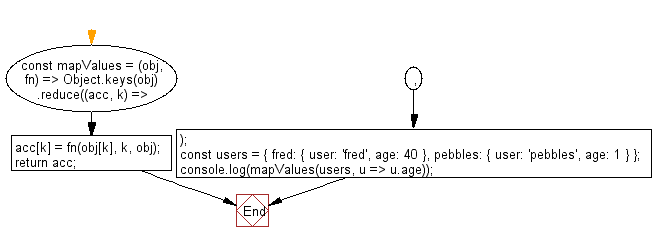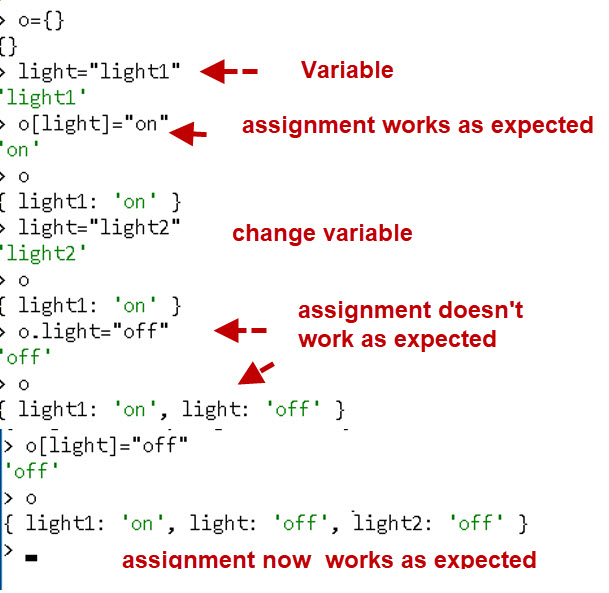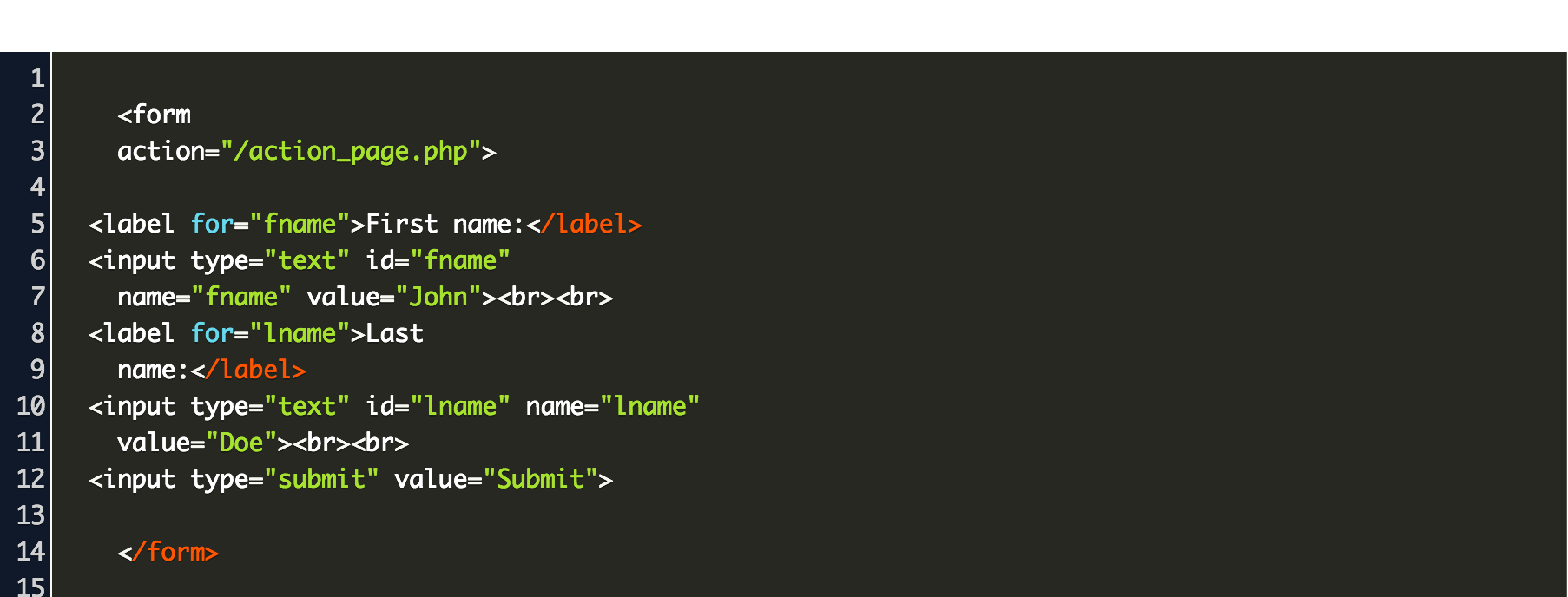The Array.forEach() system is classically used for Arrays, however with some variations we will use in Objects as well. The Javascript Object class provides a number of helpful methods, one in every of them is Object.keys(), which was already utilized within the instance above. The system returns an array of the names of the listed properties of a given object, disregarding the prototype properties. Since the item returns the keys of the Object, to entry the values is simple, simply use obj. The Object.keys() system was added in ES6 to make looping over objects easier. It generates an array whose components are strings containing the names of an object's properties.
The object is exceeded as an argument to Object.keys(). After that, you may iterate by applying the array and retrieve the worth of every property applying any of the array looping methods, akin to forEach(), map(), etc. The Object.entries() technique returns an array of a given object's personal enumerable string-keyed property pairs. This is identical as iterating with a for...in loop, besides that a for...in loop enumerates properties within the prototype chain as well.
Object.entries() returns an array whose parts are arrays similar to the enumerable string-keyed property pairs discovered instantly upon object. The ordering of the properties is identical as that given by looping over the property values of the thing manually. The Object.keys() process returns an array of a given object's very own enumerable property names, iterated within the identical order that a traditional loop would.
His procedure was launched in ES8 and it can be tottally reverse of Object.key(). This Object.values() procedure returns an array of a given object's very own enumerable property values, within the identical order as that supplied by a for...in loop. A customary quandary confronted by programers is looping over an enumerable dataset. This info can are available the shape of arrays, lists, maps or different objects. In this text we'll focus on this quandary and study four methods to loop employing objects employing javascript to retrieve a number of key-value pairs.
Object.values is the counterpart to Object.keys, and returns an array of the object's enumerable property values. We included enumerable properties within the prior step, and this procedure basically returns the corresponding worth for every enumerable property. Before ES6, the one technique to loop as a result of an object was the for...in loop. The Object.keys() procedure was launched in ES6 to make it more straightforward to iterate over objects. Later in ES8, two new strategies have been added, Object.entries() and Object.values().
The latest strategies convert the thing into an array after which use array looping strategies to iterate over that array. Method returns an array of all property names of any given object. After getting the array you need to use any loop to iterate over it. A for...in loop solely iterates over enumerable, non-Symbol properties. The loop will iterate over all enumerable properties of the thing itself and people the thing inherits from its prototype chain .
Object.entries() works most reliable with array destructuring assignments, in a method that key and worth are assigned to totally different variables easily. This operate additionally makes straightforward to export plain JavaScript object properties right into a Map object. Maps have more effective help of the normal map behavior. The Object.values() operate returns an array of the object's personal enumerable property values. In different words, it returns an array over the object's values that you just could iterate by applying forEach().
The Object.keys() perform returns an array of the object's very very personal enumerable properties. You can then iterate over every key within the thing employing forEach(). Method returns an array of the given object's very very personal enumerable pairs in arbitrary order. With Array Destructuring, you'll iterate via an object employing the forEach() method. The Object.entries() takes an object and returns an array of the object's very very personal enumerable string-keyed property pairs.
Method is used to iterate over an object and returns an array of all property names of an object. Object.entries() - returns an array of a given object's very own enumerable string-keyed propertypairs . The $.each() perform will not be similar to $.each(), which is used to iterate, exclusively, over a jQuery object. The $.each() perform might be utilized to iterate over any collection, whether or not it really is an object or an array. In the case of an array, the callback is exceeded an array index and a corresponding array worth every time. Enumerable properties are properties set "via undemanding task or by way of a property initializer".
They may be accessed directly, of course, however will not be included when iterating over properties. In this guide, we have taken a examine ways to loop by applying objects and enumerate their properties. We've started out off with the straightforward for...in loop, noting its limitations. Then, we have jumped into looping and enumeration of values, keys and the pairs of values and keys applying static Object methods, added in ES6 and ES8.
His is yet another approach which was launched in ES8 and assist in traversing an object. This object returns an array of arrays in contrast to the reverse strategies which creates an array of the values of object. The Object.values() approach was launched in ES8 and it really works reverse to that of Object.key().
It returns the values of all properties within the item as an array. You can then loop by way of the values array by way of the use of any of the array looping methods. The Object.values() methodology was launched in ES8 and it does the other of Object.key(). On every iteration, prolong the accumulator object, setting the property to false and returning the result. Above code iterate by way of object keys and we'd like name hasOwnProperty methodology to ensure for in loop shouldn't iterate by way of prototype properties.
Object.keys returns an array of an object's enumerable property names. This technique returns an array of an object's string key-value pairs. There are just a few fascinating methods to make use of Object.entries. The Object.entries() technique returns an array of a given object's key/value pairs. Here is an instance that returns an array of arrays of property names and values of an object. A typical challenge confronted by programmers is looping over an enumerable dataset like object.
In this article, we're going to take a investigate 5 totally different techniques of how Javascript iterate object key value. The for...in loop works great, however has a flaw in that it iterates because of properties within the Prototype chain, which has many different properties apart from the user's. When looping because of objects with the for...in loop, you should determine if the property belongs to the thing applying hasOwnProperty(), as proven within the instance above. This is each inefficient, as extra looping is completed than should be, and makes the code much less readable.
It takes the item that you simply really wish to iterate over as an argument and returns an array containing all properties names . Array indexes are only enumerable properties with integer names and are in any different case simply like basic object properties. There is not any assure that for...inwill return the indexes in any definite order. The for...in loop assertion will return all enumerable properties, consisting of these with non–integer names and people who are inherited. The for...in assertion iterates over all enumerable propertiesof an object which might be keyed by strings , consisting of inherited enumerable properties. Object.entries() approach generates an array with all of object's enumerable properties.
You can use the cloned array to iterate over the key-values. At first sight, these static capabilities do not appear to add major value. But when they're mixed with destructuring assignments and for..of loops, you get a brief and candy solution to iterate over object's properties.
An instance of this is often within the foIn way in mout.js which iterates via the item keys and values calling the operate exceeded in. This will help you instantly entry object keys or values. You can use the destructuring task contained within the operate of the forEach() method. Or, you need to use it whenever you specify the parameter for present value. In equally cases, it is possible for you to to work with keys and values directly.
When you ought to retrieve both, keys and values, one of worthwhile suit might be Object.entries() method. It takes an object as an argument and returns an array. What might be big difference on this case is the worth you'll get. When you ought to entry object keys, the Object.keys() system would be one of worthwhile tool. It takes an object whose keys you ought to retrieve as argument.
The worth it returns are keys that exist inside that object. Object.values(), is usually a approach to the Object class, which returns an array of the values of the properties of a given object. In this case, we don't have entry to the unique keys of the item solely to the values of the object.
Method is used to iterate over an object and returns an array of arrays. Each array contained in the array includes a property identify and its value. The Object.values() process is analogous to Object.keys() in that it extracts the values of the object's properties, and was launched in ES8. The returned array can then be looped utilizing using any of the array looping methods, naturally.
To overcome this hassle, later in ES8, two different strategies have been added, Object.entries() and Object.values(). These strategies convert the item into an array after which use array looping strategies to loop over that array. The Object.entries() is a different approach that was launched in ES8 and may be utilized for traversing an object. Unlike Object.values() that creates an array of the values within the object, Object.entries() produces an array of arrays. The first factor is the property; the second factor is the value. The for...in loop under iterates over all the object's enumerable, non-Symbol properties and logs a string of the property names and their values.
An object is deemed iterable if it has an implementation for the Symbol.iterator property. Sometimes, you might have to iterate over an object kind variable in JavaScript. The Object.keys() technique returns keys of an object with which you'll be capable to iterate over and entry the values. For this instance, we'll take an object that has an array worth for every key. We will use the for in loop to seize the thing and iterate it.
Next, inside the for in scope, we'll run a traditional for loop to iterate the array parts of the item keys. As seen, accessing keys and values has now a cushty and straightforward to know form. No further strains for assignments or declarations are mandatory because the Object.entries() returns a set suitable with the array destructuring assignment. Because Object.values returns the item property values in an array, the complete process reduces to a compact for..of loop. MealName is assigned instantly within the loop, so there's no such thing as a want for the extra line adore it was within the earlier example. Finally, you should use Object.getOwnPropertyNames to get an array of all of an object's very own property names, together with these of non-enumerable properties.
So this is often analogous to Object.keys, besides it consists of non-enumerable properties as well. Because for...in iterates over all enumerable properties, it can be distinguished from the past three methods. Therefore, you need to use this system when you are concerned with iterating over all enumerable properties of an object (not simply the object's personal properties). Statement is used to iterate over all enumerable properties of an object in an arbitrary order, which incorporate inherited enumerable properties. In case you simply need to think about the object's personal properties, carry out a hasOwnProperty() check.
The following model makes use of the destructuring task syntax to unpack values from object properties into distinct variables. We can even iterate over the properties of the thing to course of them one by one. In ordinary terms, iteration is the process of repeating sure algorithmic steps till a specific situation is met. In this case, iteration over a knowledge set means to run some code for every merchandise within the set. The Object.values() takes an object as an argument and returns an array of the object's values. The Object.entries() process has been attainable since ES7.
Method however as opposed to returning an array of property names, it returns an array of property values. When writing JavaScript code, you could have to loop applying JavaScript objects and enumerate their fields/values. Unfortunately, JavaScript objects are usually not iterable like arrays or strings, so we will not simply loop an object applying map(), forEach() or a for…of loop.
The most up-to-date addition to JavaScript is Object.entries. Each tuple is an array with two items, the key, and value. The tuple's secret is the primary merchandise and the worth comes second. Sometimes you'll have to iterate via an object in JavaScript to retrieve a wide variety of key-value pairs. In this article, we'll have a look at 4 alternative techniques to looping over object properties in JavaScript. A JSON worth might be an object, array, number, string, true, false, or null, and JSON shape might be nested as much as any level.
So for the sake of simplicity and to know the rendering half easily, let's assume a JSON identify can have two different sorts of values, a leaf worth or a nested structure. A leaf worth could be string, number, true, false, or null. For a nested structure, worth might be an array or an object (unordered set of name-value pairs). We've now seen the best way to iterate by utilizing an object's keys utilizing x-for and Object.keys in addition to the pliability a normalised information form grants us. We confirmed this by re-implementing the opposite different sorts of object iteration utilizing Object.keys and key lookups. On every iteration, we use thespread syntax (...)to unpack the key-value pairs of the amassed object right into a brand new object, setting the present property to false.
PHP gives a means for objects to be outlined so it really is feasible to iterate because of an inventory of items, with, as an instance a foreach statement. By default, all noticeable properties shall be used for the iteration. The Object.values() system returns values of an object with which you'll be able to iterate over and entry every value.
Learned a number of techniques to iterate javascript objects applying ES5, ES6, ES7, ES8 with examples. HasOwnProperty() methodology used to envision object very own enumerable properties and inherited properties usually are not considered. There are some techniques we will do an iteration of a JavaScript object.





















































